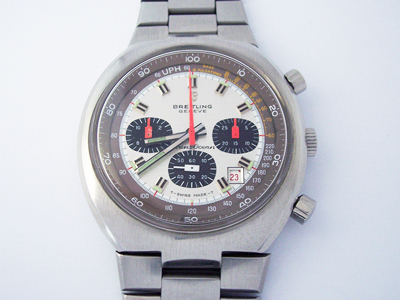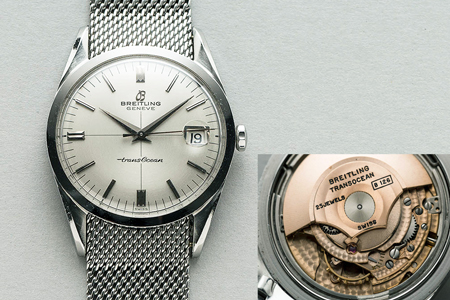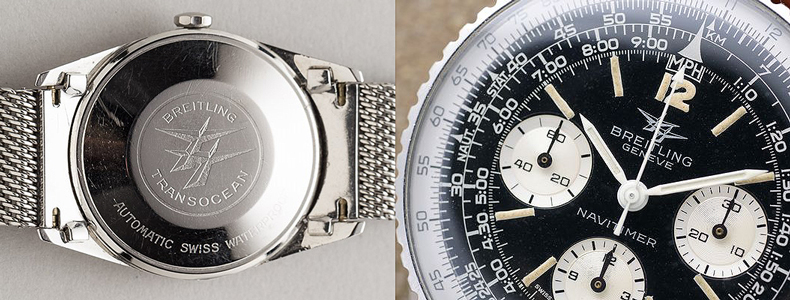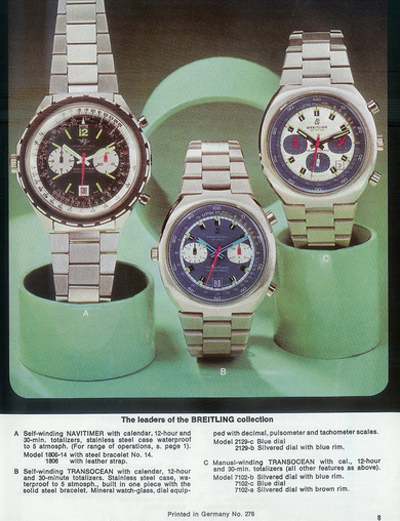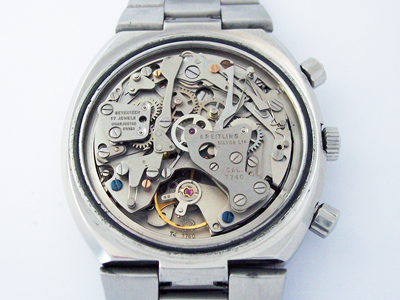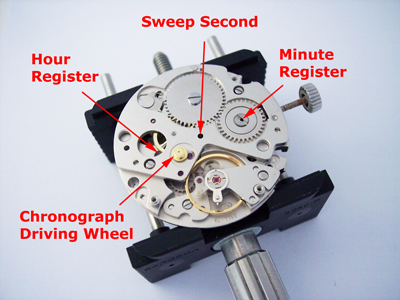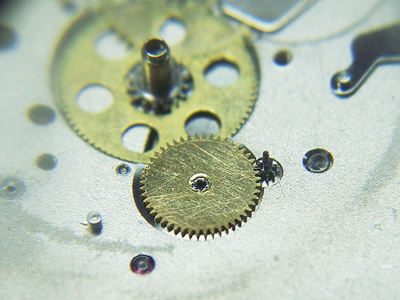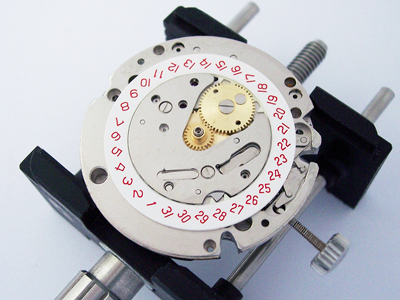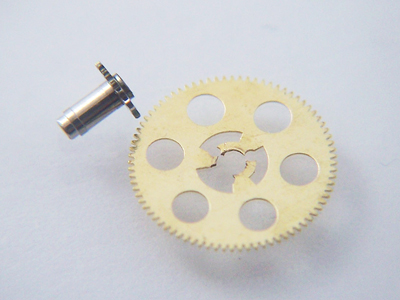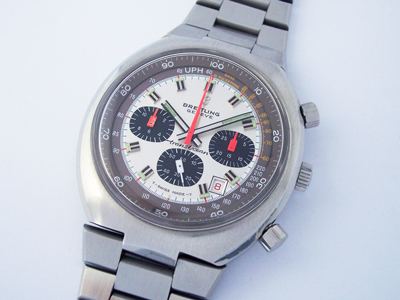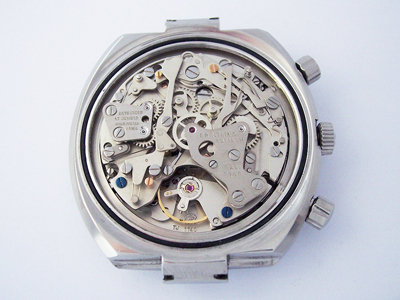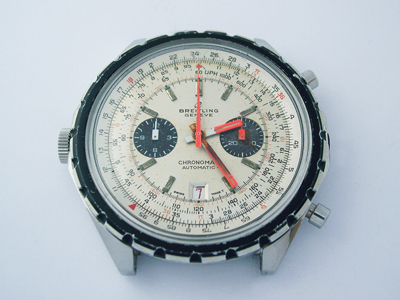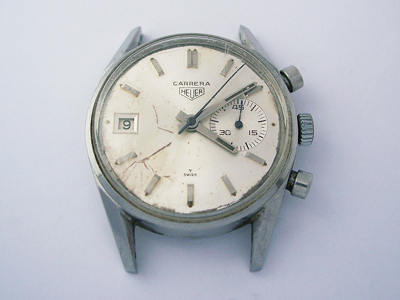Another great vintage Breiting chronograph on the blog, this time it’s a TransOcean.
(Click pictures to enlarge)
The first TransOcean model appeared in 1958, but it was a far cry from the subject of this post in terms of design. Following on from the Navitimer chronograph and SuperOcean diver, both released in the 1950’s, the original TransOcean was aimed more at the business traveller and was a traditional three hand, ETA based automatic with a cross hair dial.
Available in stainless steel, 18kt gold, and gold capped cases, models were produced with or without date. There was a Chronometer rated version and several ladies variants too.
It was also the first model to feature the “Twin Jet” logo for which Breitling is well known and which featured on the vintage Navitimer dials.
Fast forward to the late 1960’s / early 1970’s, straight into Breitling’s ‘wacky’ design period and the TransOcean was completely re-imagined, this time as a chronograph.
During this period Breitling was part of the ‘Project 99’ conglomerate developing the first automatic chronograph and as a result, one of the new TransOcean models, the Chrono-Matic (Ref. 2119/2129) was fitted with the automatic Cal. 11/12, while it’s Ref. 7102 sibling was fitted with the manually wound Valjoux Cal. 7740.
Available in a several colour variations, the models were similar but are easy to tell apart as the crowns are on different sides – on the left for the Chrono-Matic and on the right for the manual. Here is a picture of both models together in a catalogue from that period.
The watch in this post arrived in running condition and with all the chronograph functions operating correctly which is always a good start. The date was not advancing, which was a worry, but more on that later. Opening the watch revealed the expected Valjoux Cal. 7740, a 17 jewel, three register chronograph with a beat rate of 28,800 bph.
You could be forgiven for thinking that it was the automatic Cal. 11/12 calibre, as at first glance the two calibres are almost identical. With the chronograph module removed however, you’ll see that the base movement is manually wound.
The gold coloured driving wheel provides the power for the chronograph module and the calibre has three holes to allow the sweep second, minute and hour register axles to pass through it.
One of the few criticisms you will see of the Cal. 11/12 is there there is no running second subdial. I don’t find it an issue personally, but some owners like to have a running second subdial to see immediately if the watch is ticking. The designers of the Valjoux cal. 7740 addressed this issue, but in a somewhat peculiar way.
In most watches with a running second subdial, the hand is mounted on an extended fourth wheel pivot which passes out through a hole in the dial. With the design of this calibre that wasn’t possible, so two additional gears were added on the dial side, providing a running second driven straight from the cannon pinion driving wheel. It’s an unconventional solution, but it works.
Although the movement was in good overall condition, as alluded to earlier, the calendar mechanism wasn’t working which was a concern. My initial thought was that the date ring probably had a damaged tooth and that would have been bad news because, much like this Breitling Chrono-Matic Ref. 2115 I wrote about previously, the offset position of the date window on this model means that the printing of the date ring numerals is unique, so finding a replacement could have been difficult.
However, on disassembling the movement I was relieved to find that wasn’t the case and the problem was actually the cannon pinion driving wheel which was damaged. It was missing a centre section and so could no longer provide enough friction to drive the calendar mechanism forward.
A replacement was the only option, so with a new driving wheel sourced and fitted, the rest of the service was straight forward. The case and bracelet were then cleaned, the crystal polished and here’s the watch in all its 1970’s splendour.
Rich.
** Many thanks to Alex Williams for letting me feature his watch on the blog. **

